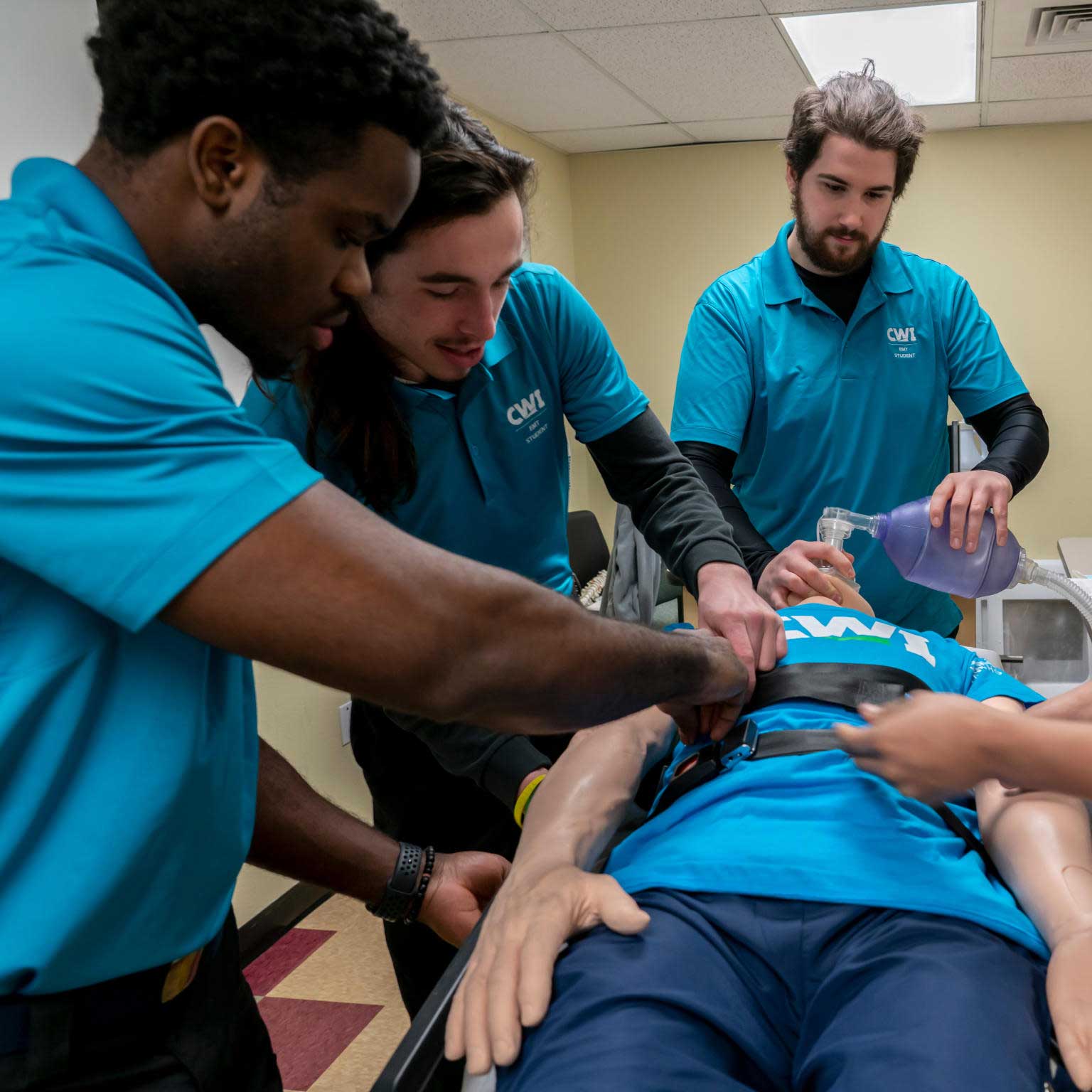The Effect of Tailored Workout Prescription on Improving Recovery Results in Rehabilitation Protocols
The Effect of Tailored Workout Prescription on Improving Recovery Results in Rehabilitation Protocols
Blog Article
Customized exercise regimen is an important part of recovery programs designed to help people heal from traumas or surgeries. This approach includes creating customized fitness plans based on a individual’s particular requirements, capabilities, and health conditions. Unlike generic workout routines that may not fit all, tailored prescriptions take into account elements such as age, activity status, and the type of trauma. By concentrating on these personal differences, recovery can turn out to be more effective, resulting to better healing outcomes.
One of the primary advantages of a tailored workout regimen is that it can boost a patient’s drive. When individuals see that their fitness plan is crafted just for them, they may experience more involved and eager to participate. This sense of personal attention can lead to improved adherence to the recovery journey. Research have demonstrated that patients who stick to their exercise plans are more prone to experience positive recovery outcomes, such as reduced pain and improved mobility. By making workouts applicable to each individual’s circumstance, recovery experts can help patients stay committed to their healing process.
Moreover, the implementation of customized workout regimens can aid to reduce setbacks during the rehabilitation phase. When exercises are carefully chosen based on a person's current condition, the risk of injury or re-injury can be significantly reduced. For example, if a person is recovering from knee surgery, the rehabilitation program may include low-impact exercises that strengthen the surrounding muscles without putting too much strain on the knee. This thoughtful approach not only supports healing but also builds robustness and flexibility, which are crucial for returning to normal tasks and avoiding future traumas.
Additionally, the application of customized exercise prescriptions can result to more efficient recovery times. By focusing on specific exercises that target the areas needing improvement, patients can often advance more rapidly through their recovery. This effectiveness is especially crucial for sports participants and physically engaged people who want to return to their sports or hobbies as soon as possible. Rehabilitation professionals can track advancement closely and adjust the exercise plan as necessary, ensuring that clients are always exercising at the appropriate intensity for their recovery.
In summary, the effect of customized workout regimens on rehabilitation programs is significant. By providing personalized workout regimens, medical providers can enhance motivation, reduce the risk of injury, and promote faster rehabilitation periods. This personalized method not only assists patients regain their strength and movement but also enhances their overall useful site health. As recovery continues to evolve, it is evident that tailored exercise prescriptions will continue to be a critical element in helping individuals achieve their rehabilitation objectives.